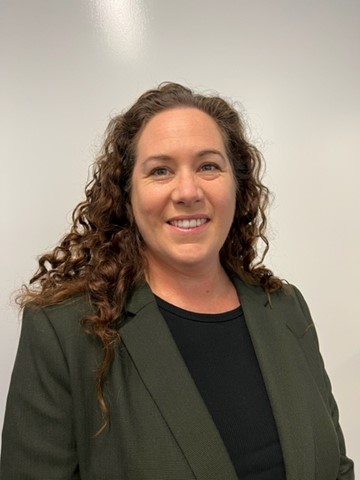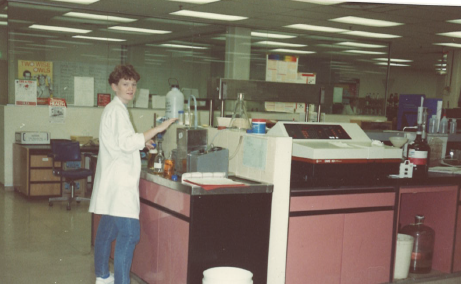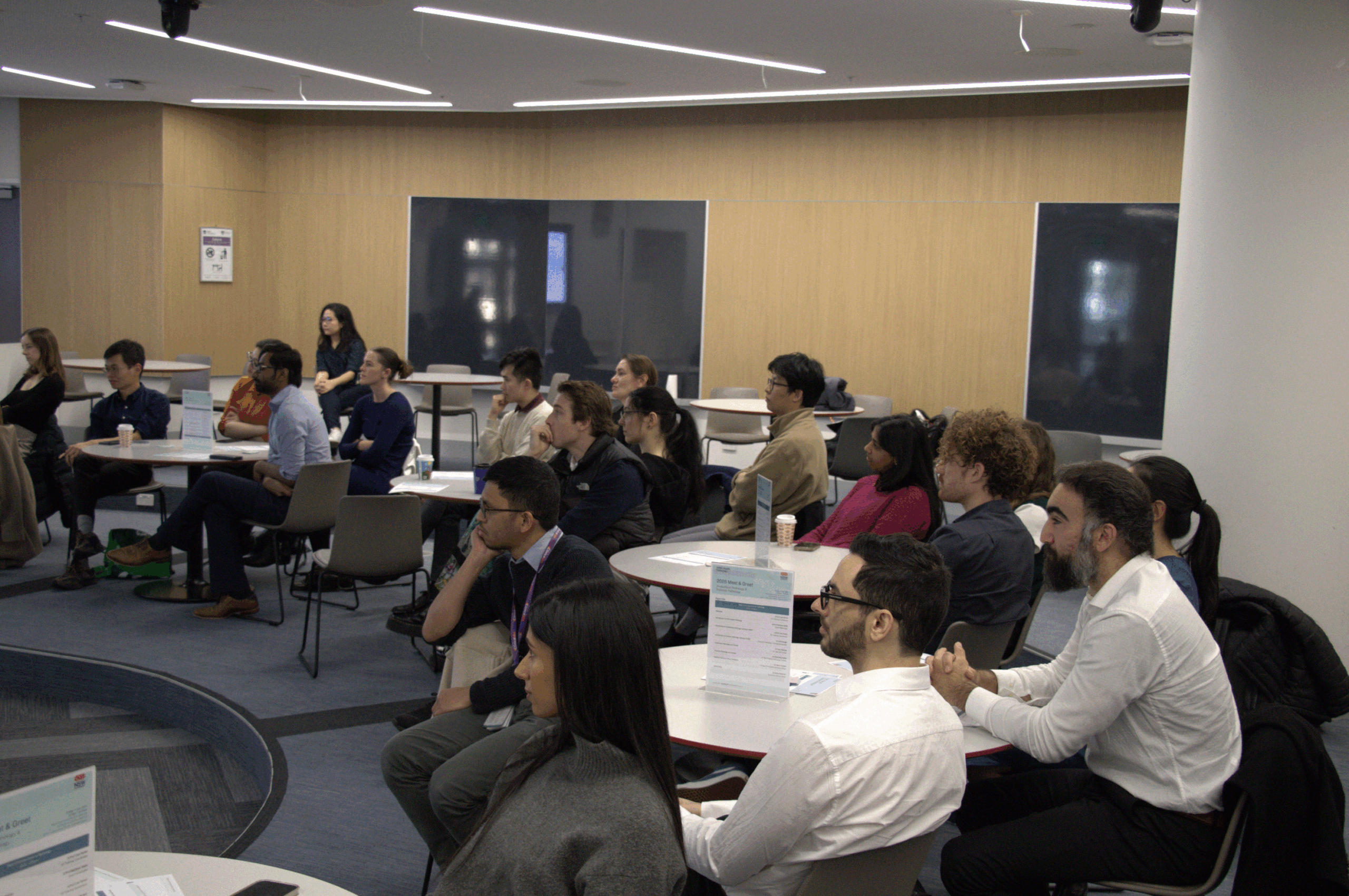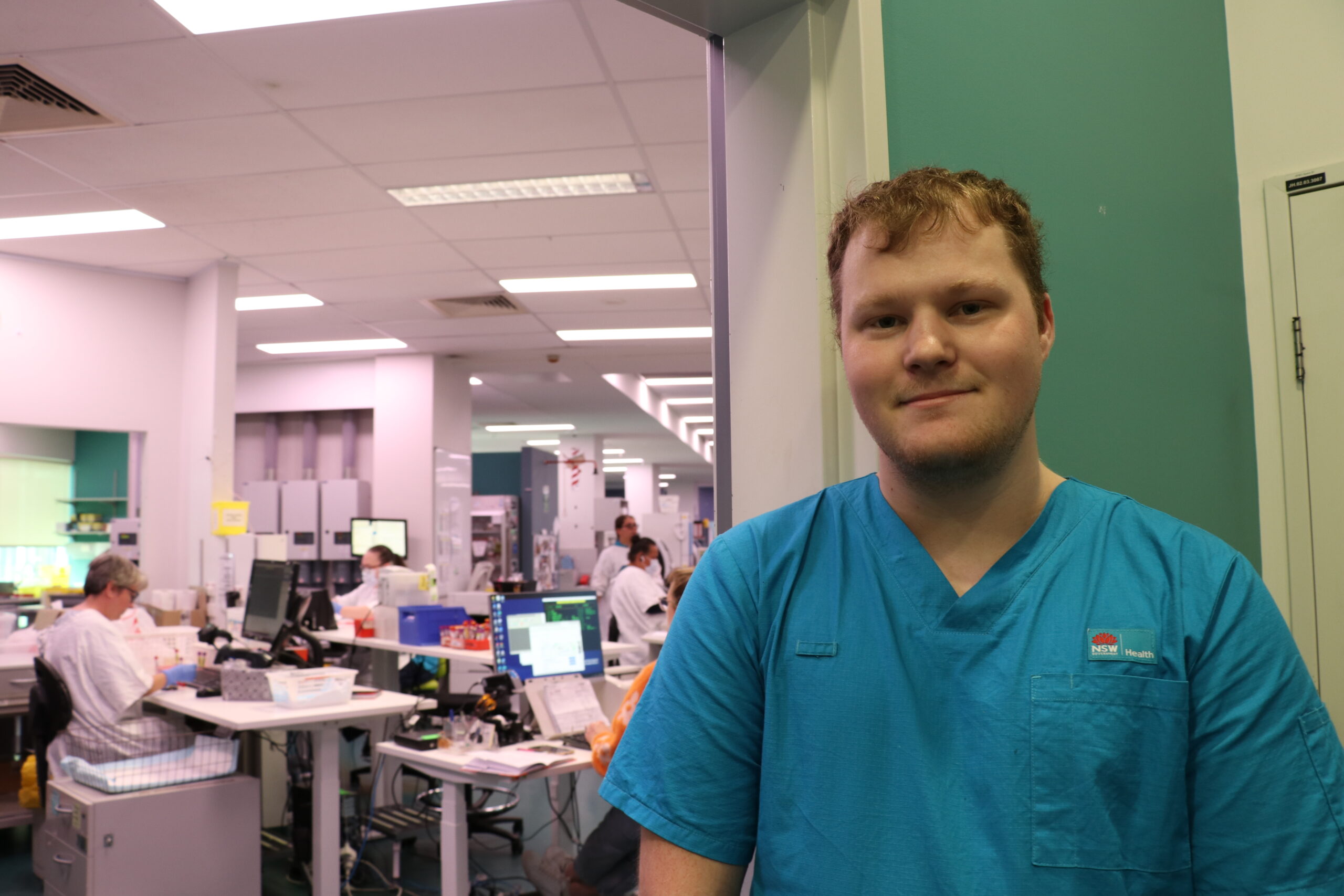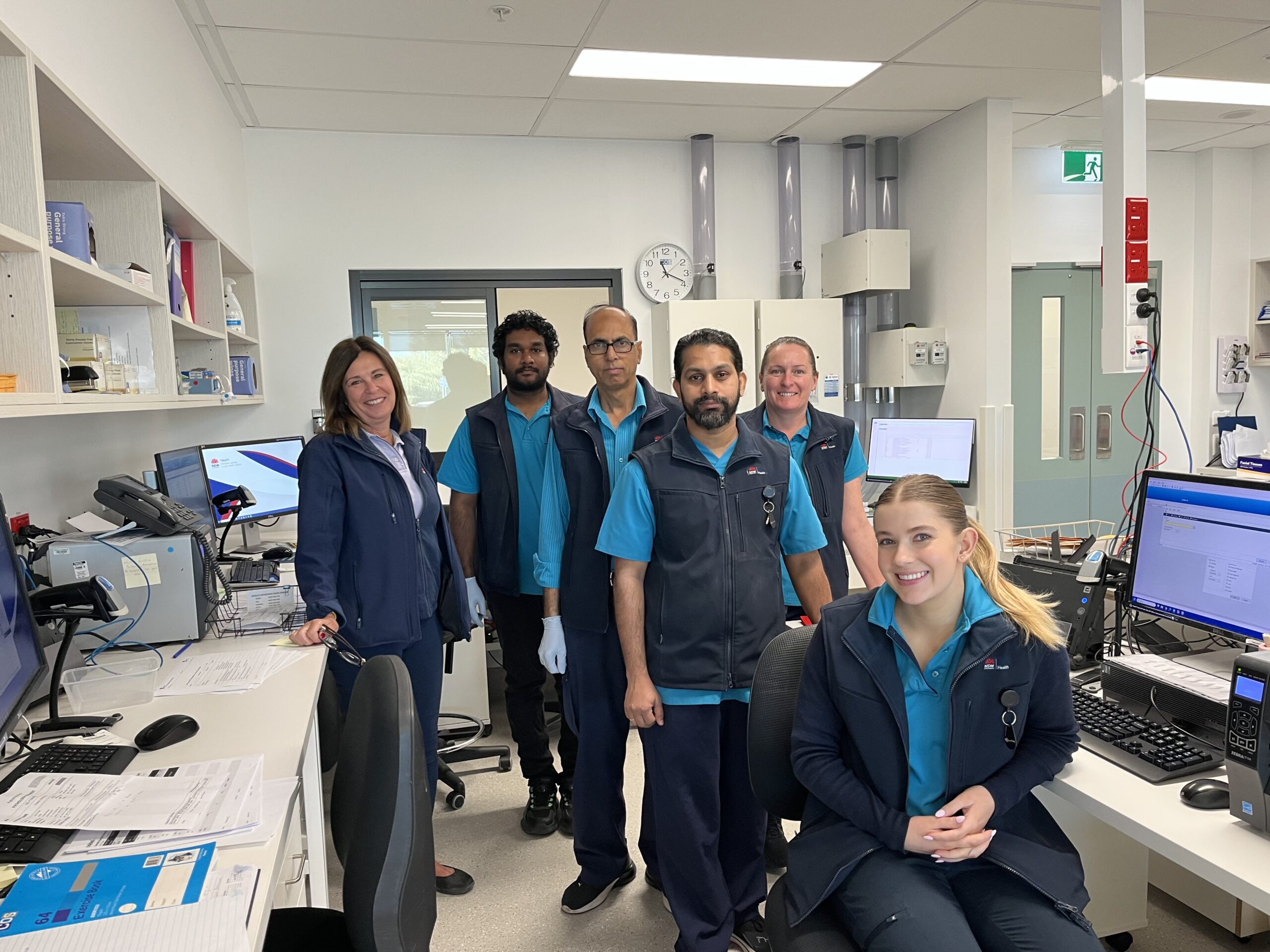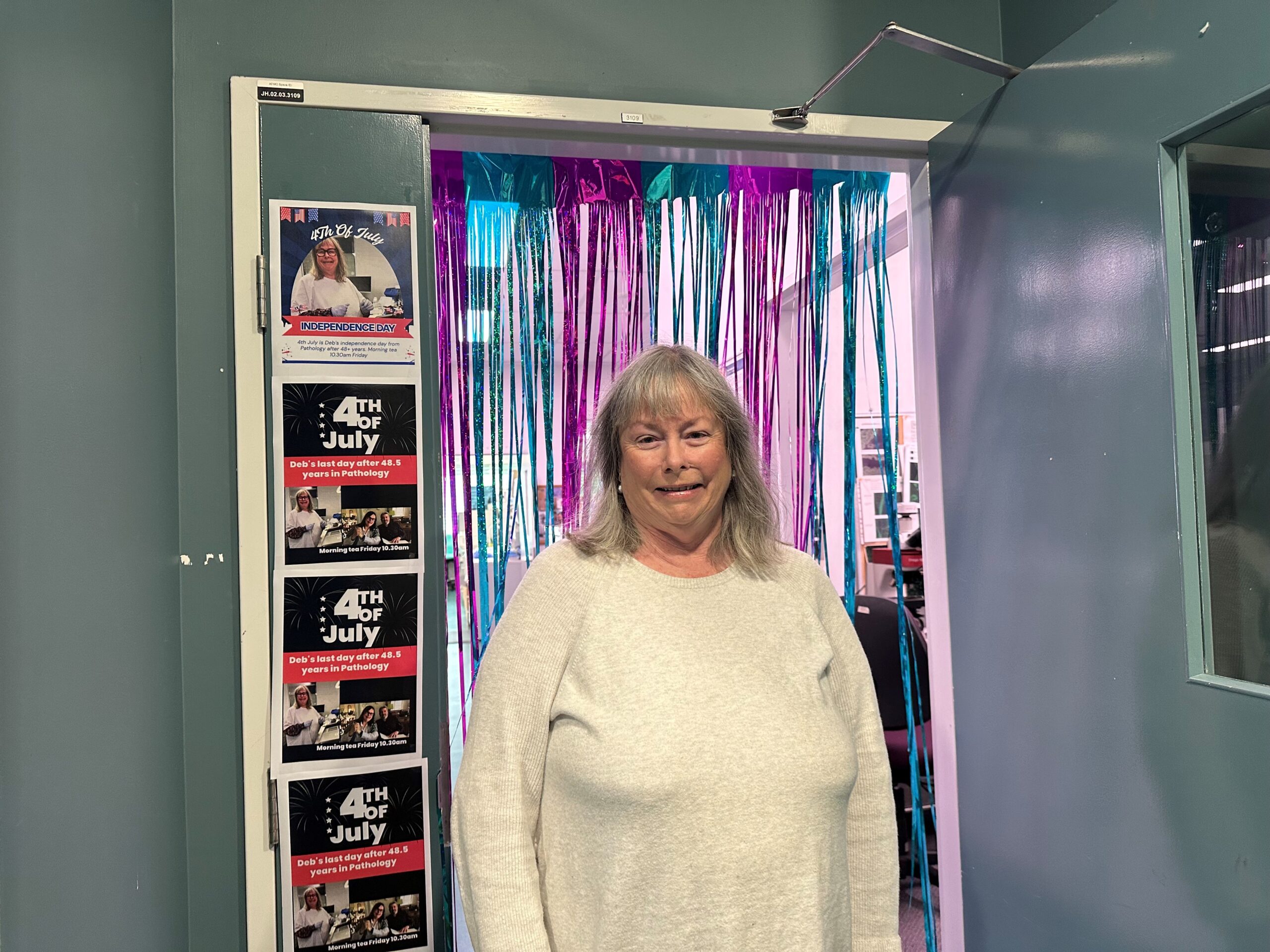Media Contact
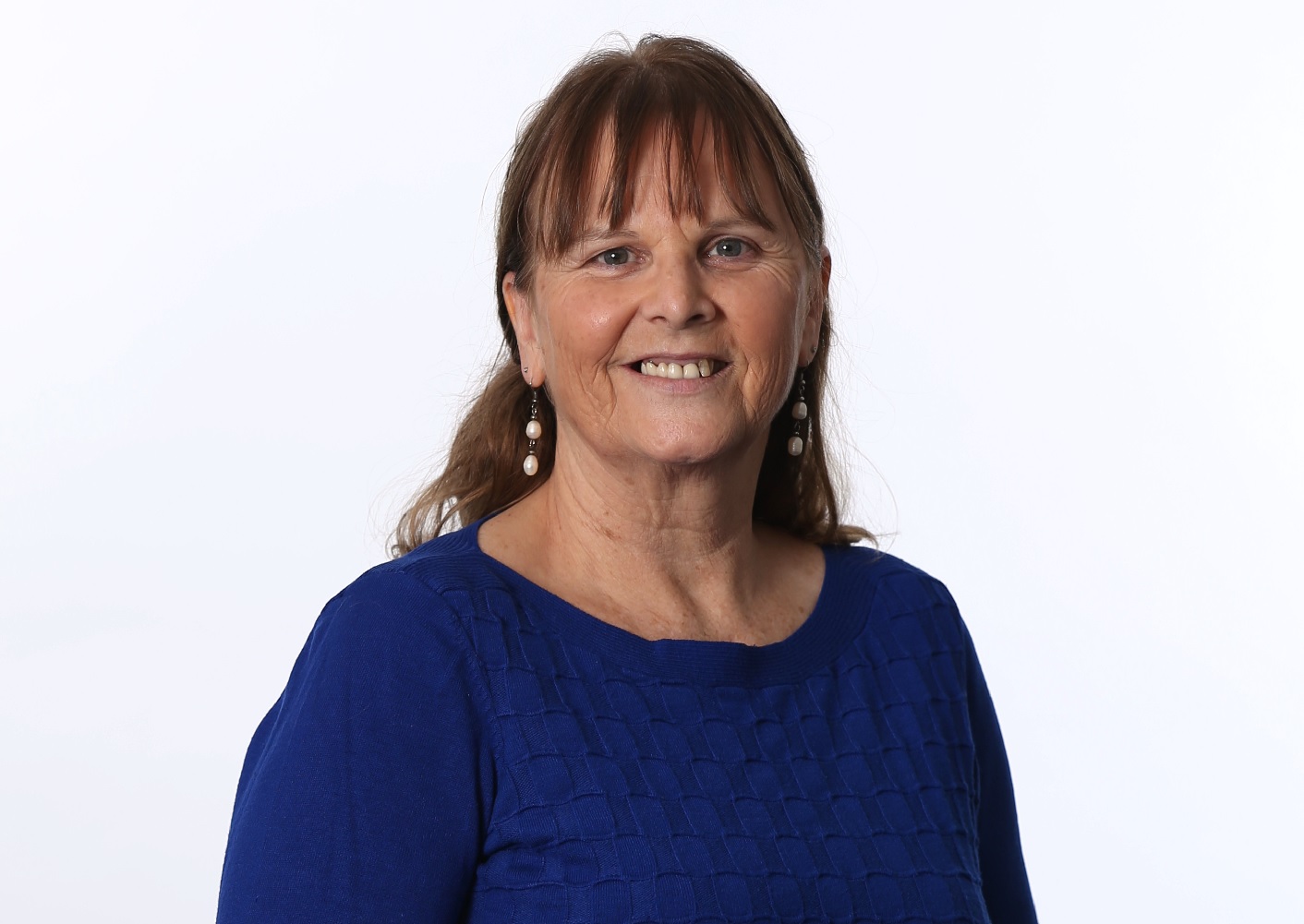
NSW Health Pathology’s Forensic and Analytical Science Service provided DNA results which assisted NSW police to track down the man known as the ‘Beast of Bondi’, responsible for a series of sexual assaults across Sydney’s eastern suburbs dating back to the 1980s.
When NSW Police confirmed they had finally identified the serial sex offender known as the ‘Beast of Bondi’ in September 2022, our team of forensic DNA experts in Sydney knew their work had helped solve a cold case spanning four decades.
The male offender targeted women aged between 14 and 55, entering their homes or abducting them while they were out jogging or walking.
The cases were assigned to police Strike Force Doreen and included 31 attempted and actual sexual assault offences between 1985 and 2001.
“Strike Force Doreen has been with us for such a long time,” explains Carole Field, the DNA database manager at the Forensic and Analytical Science Service (FASS).
“The whole lab gets excited when something like this is solved.
“I always felt we were going to resolve these cases, but you just don’t know.”
Initially, attempts were made to match the man’s DNA profile across Australia and internationally, but it wasn’t until advances in DNA technology that the forensic experts were able to identify a number of men linked to the DNA profile of the offender.
The breakthrough came from a combination of analysing familial links from DNA samples and traditional police work to trace the offender’s extended family tree.
Forensic examinations, including additional Y‑STR testing, revealed the DNA was linked to a man who died at the age of 66 earlier this year.
In September 2022, it was confirmed his DNA matched the suspect profile.
Over the years, media reporting on the incidents referred to the suspect as ‘the Centennial Park rapist’ (1980s), the Bondi rapist (1990s), the tracksuit rapist (2000) and ‘the Bondi Beast’ (2016).
Ms Field said the close working relationship between the DNA experts at FASS and NSW Police contributes to successful outcomes.
“I think the interaction between our teams was really useful, and that has improved over time,” she said.
“We have a cold case coordinator; Dr David Bruce and the police have a dedicated investigation team.
“We have a great relationship, and we regularly meet to discuss not just this case, but many aspects of the scientific DNA analysis and capabilities.”
Ms Field said as time goes on, the DNA database grows in size and will become an increasingly powerful tool to generate DNA links and give police the information they need to solve many other cold cases.

